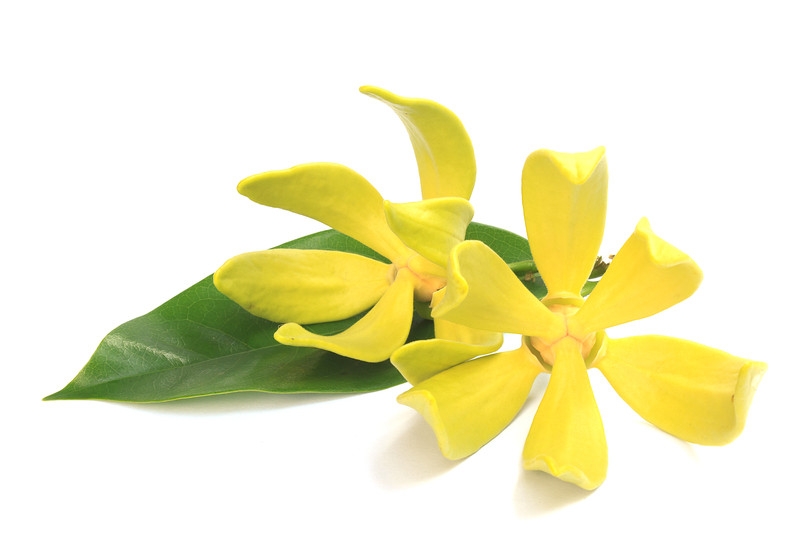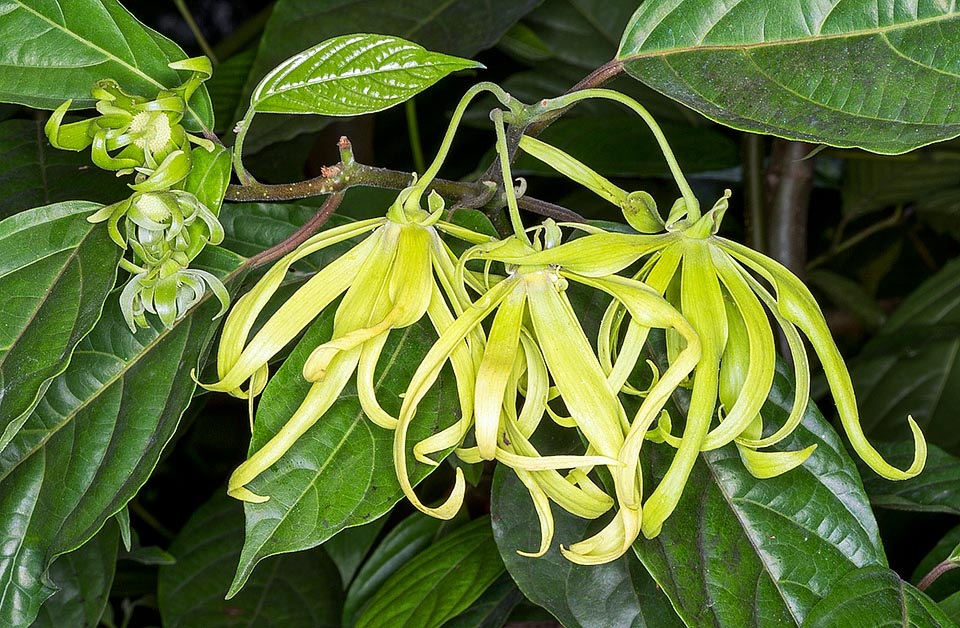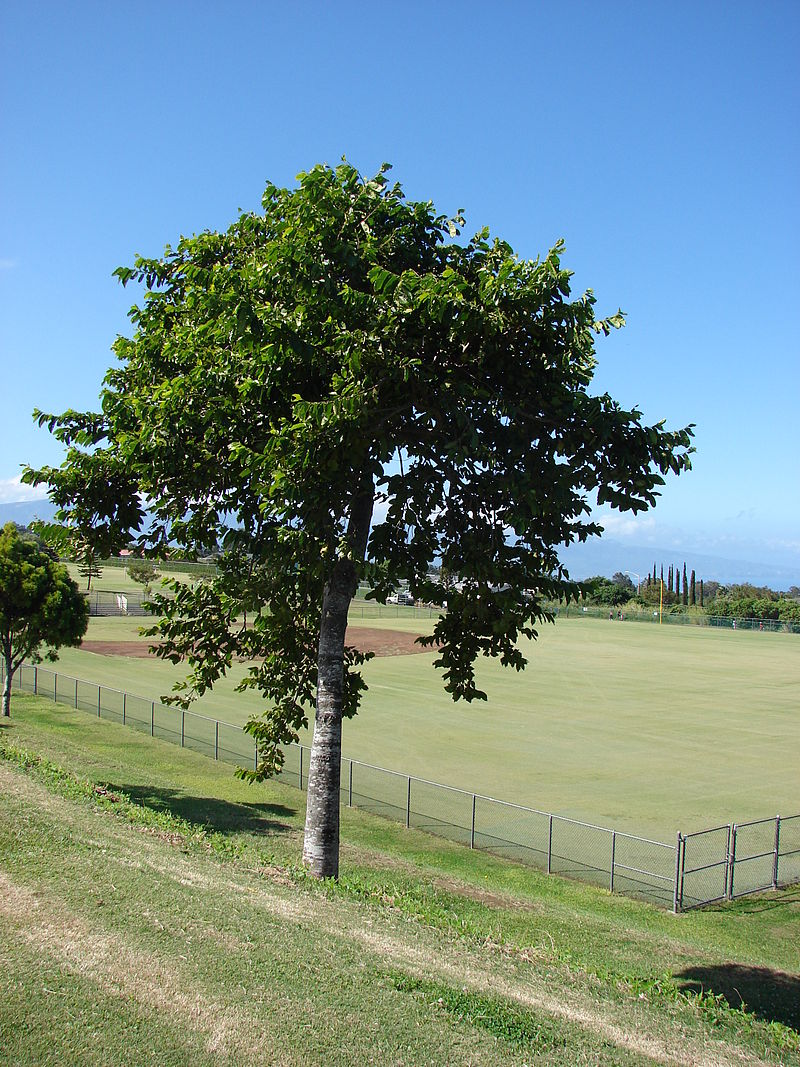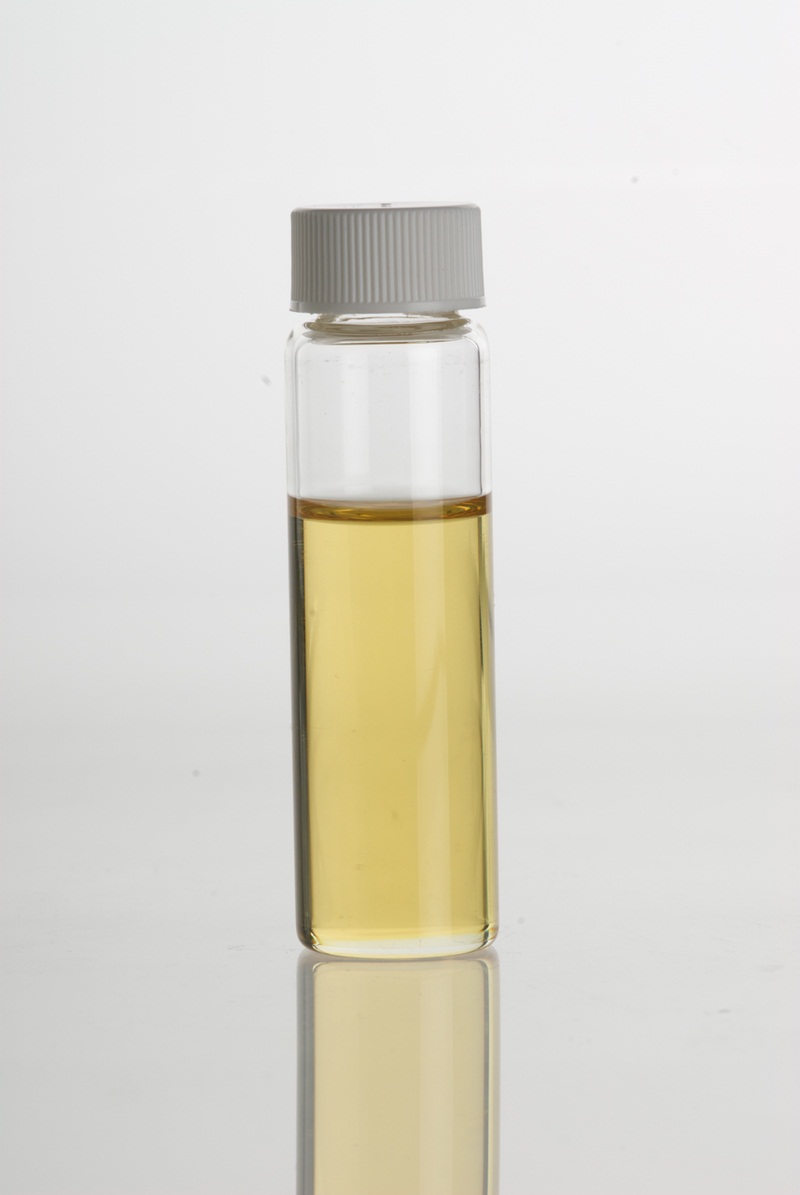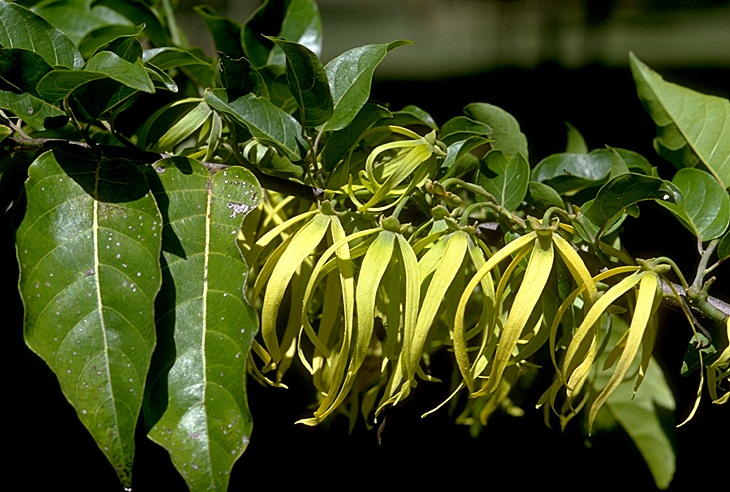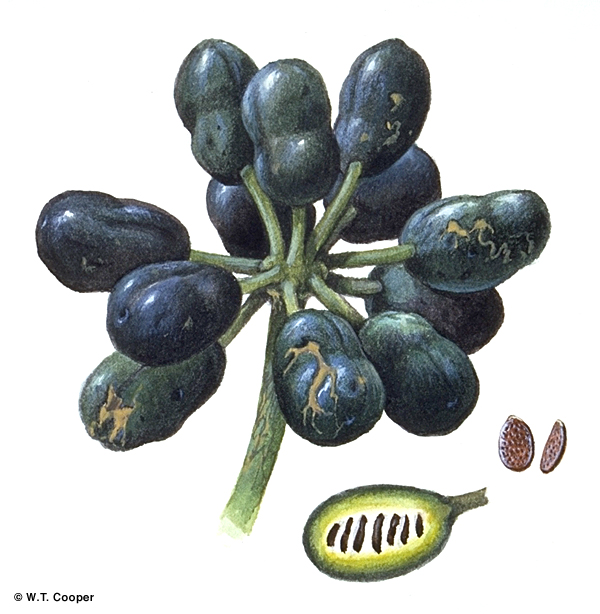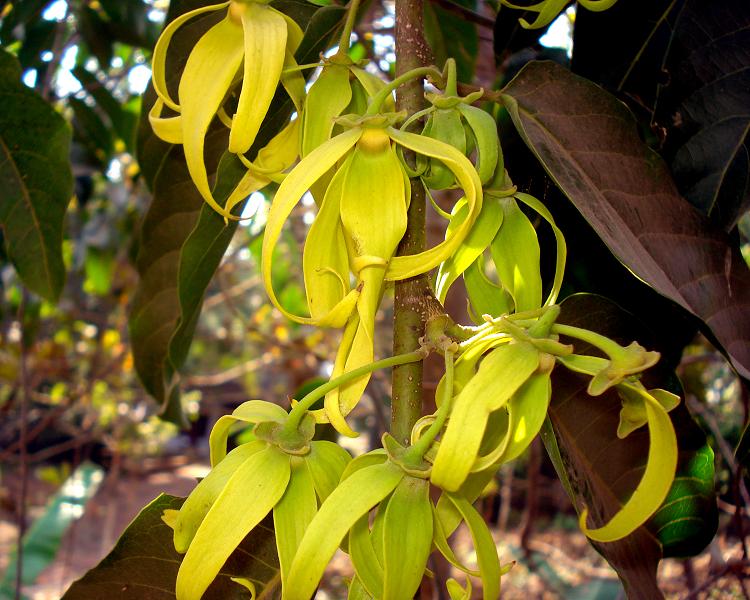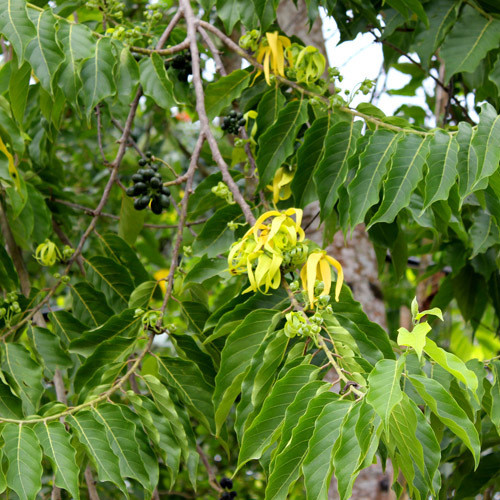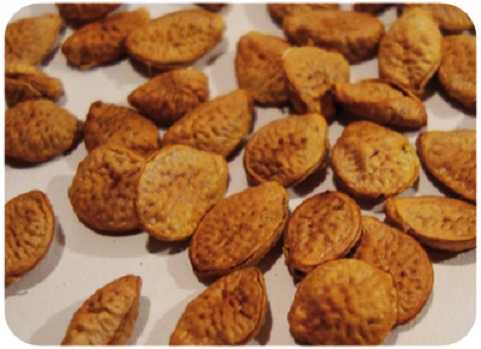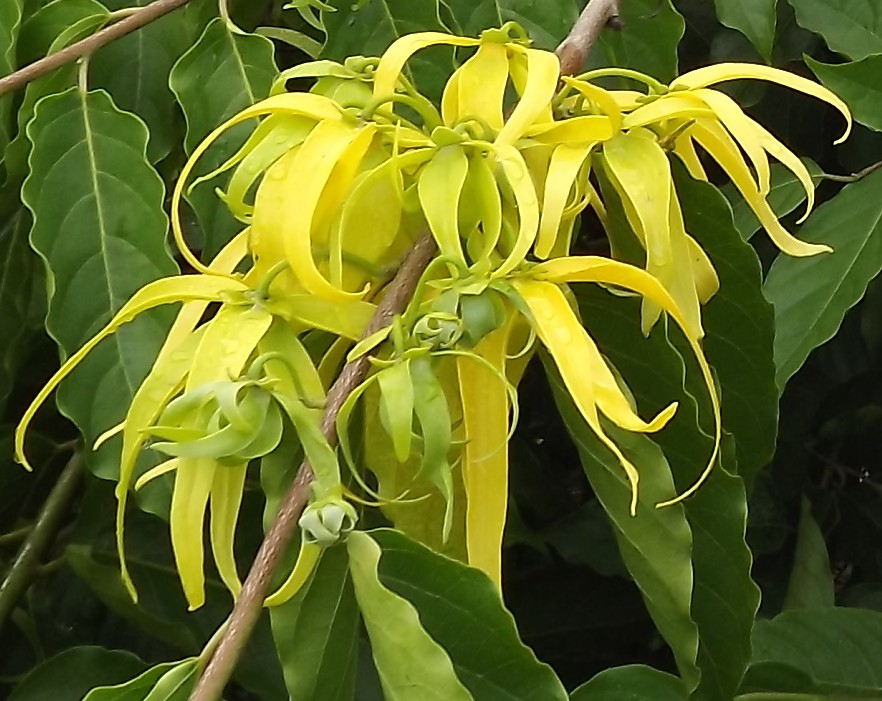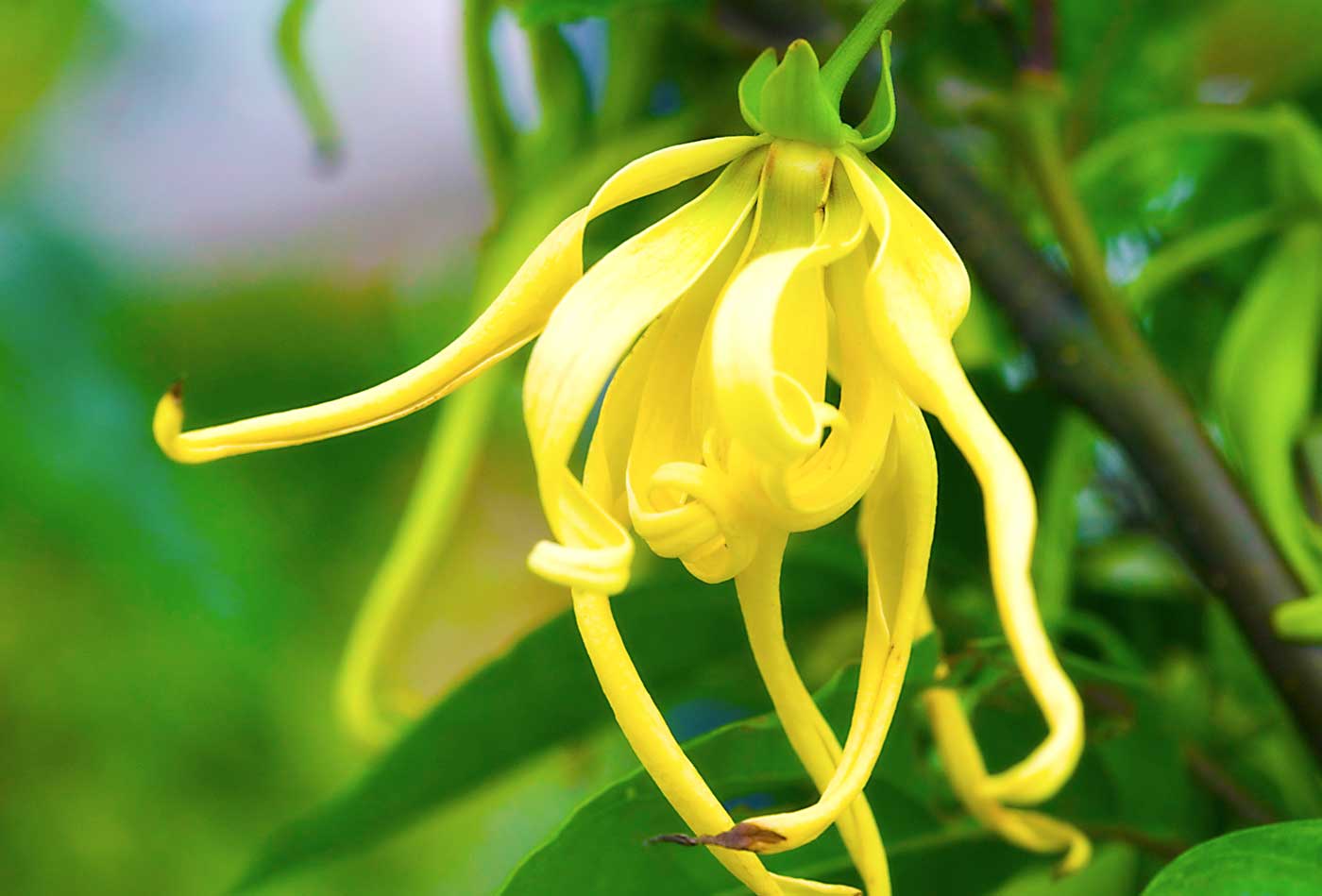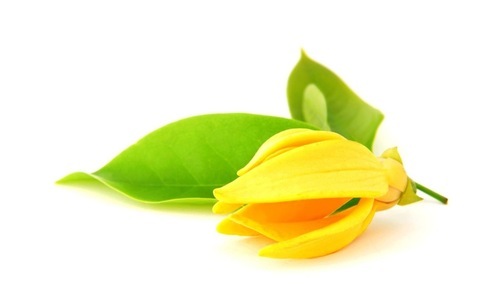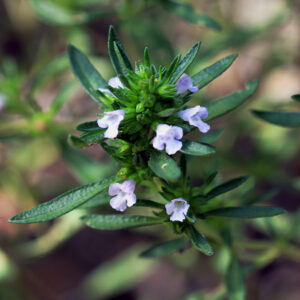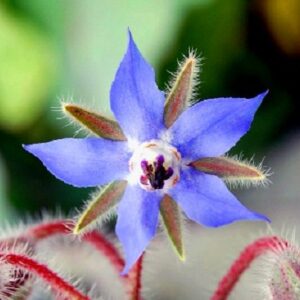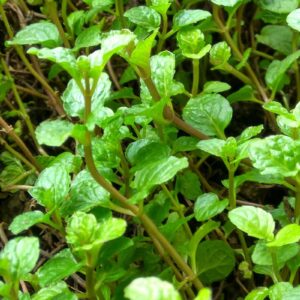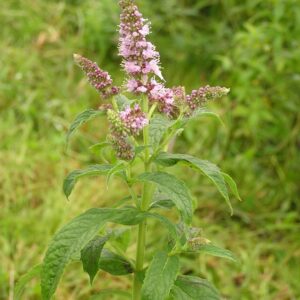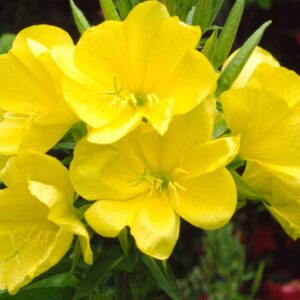General Informations
Cananga odorata is a fast-growing tree of the custard apple family Annonaceae.
Cananga odorata, known as the cananga tree (Indonesian: kenanga, Filipino: ilang-ilang), is a tropical tree that is native to Indonesia, Malaysia, and the Philippines. It is valued for the perfume extracted from its flowers, called ylang-ylang /ˈiːlæŋ ˈiːlæŋ/ EE-lang-EE-lang (a name also sometimes used for the tree itself), which is an essential oil used in aromatherapy. The tree is also called the fragrant cananga, Macassar-oil plant, or perfume tree.
The essential oil is used in aromatherapy. It is believed to relieve high blood pressure, normalize sebum secretion for skin problems, and is considered to be an aphrodisiac. According to Margaret Mead, it was used as such by South Pacific natives such as the Samoan Islanders where she did much of her research. The oil from ylang-ylang is widely used in perfumery for oriental- or floral-themed perfumes (such as Chanel No. 5). Ylang-ylang blends well with most floral, fruit and wood scents.
In Indonesia, ylang-ylang flowers are spread on the bed of newlywed couples. In the Philippines, its flowers, together with the flowers of the sampaguita, are strung into a necklace (lei) and worn by women and used to adorn religious images.
Ylang-ylang’s essential oil makes up 29% of the Comoros’ annual export (1998).[citation needed]
Ylang-ylang is a common flavoring in Madagascar for ice cream.
